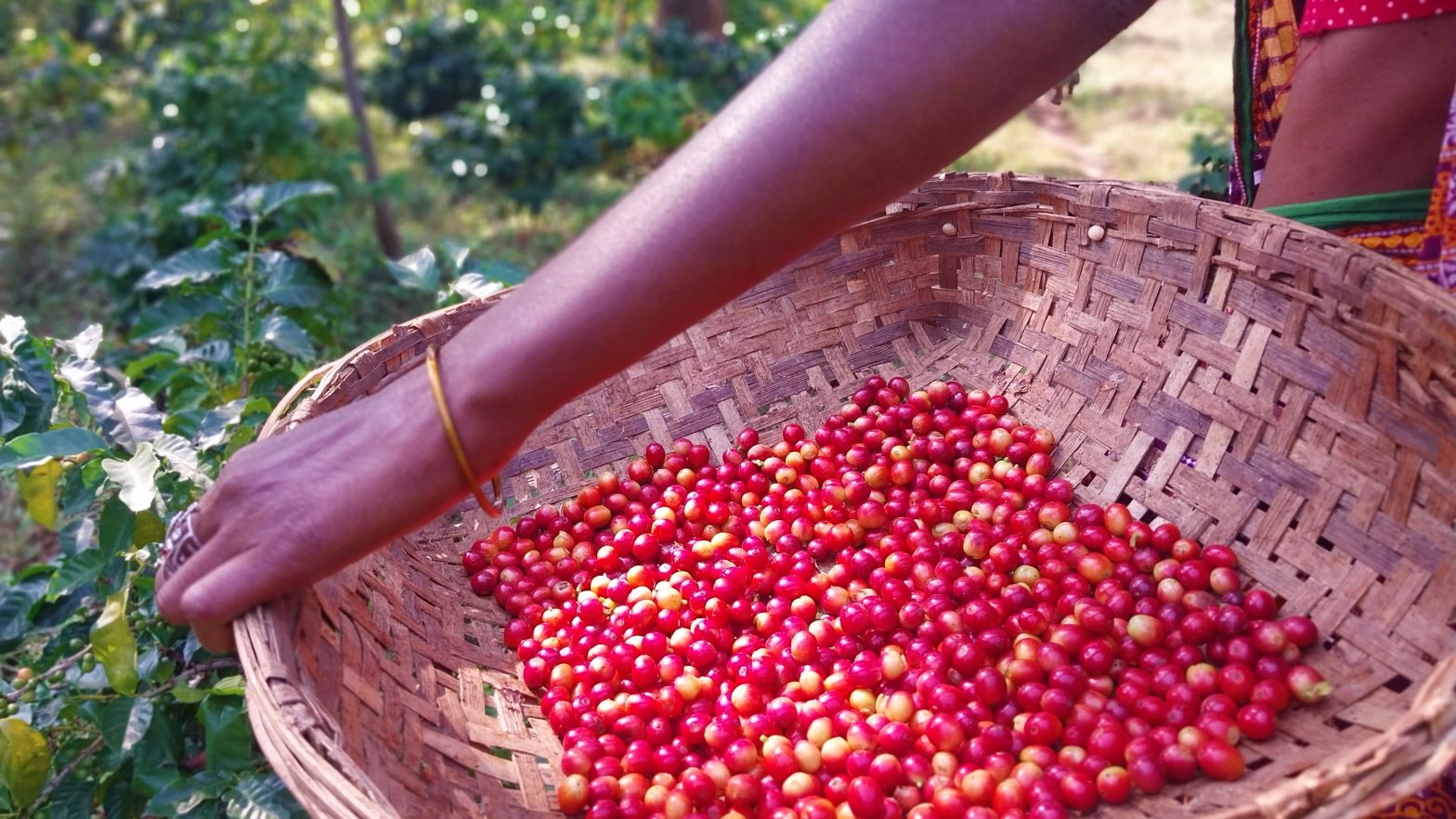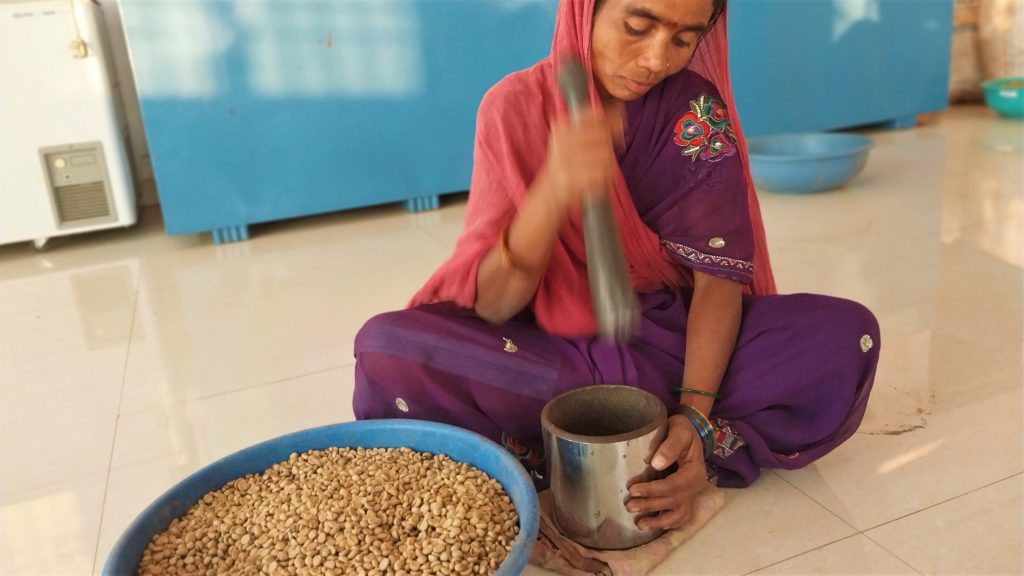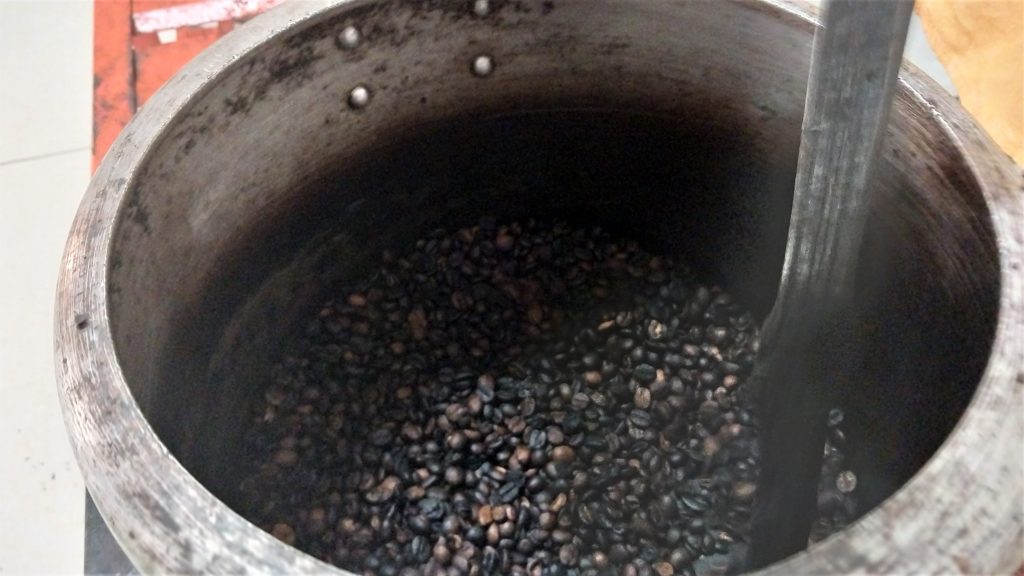
In pictures: Coffee cultivation at an unlikely place
Most of us have heard of the delicious coffee beans from Araku in Andhra Pradesh, Coorg in Karnataka and Wayanad in Kerala, but do you know about the aromatic coffee being produced in the tribal regions of Bastar in Chhattisgarh?
A worker plucks ripe coffee berries in the Darbha block of Bastar, Chhattisgarh. Bastar is located at an altitude of 650 metres above sea level, making it suitable for coffee cultivation. Right now the total area under coffee cultivation in Bastar is 320 acres.
After the berries ripen and turn cherry-red in colour, harvesting starts usually in November and continues till December-January. In Bastar coffee was initially introduced in 2017 and the first harvest bloomed in 2020. The yield that year was only four quintals. It reached 10 quintals in 2021 and is expected to reach 15 quintals this year.
After plucking, the berries are soaked in water for easy separation. Coffee berries are hand-pulped with a pestle to separate the beans. Post the pulping process, the beans are dried in the sun for a few days before being sent for grinding and roasting.
Green coffee beans are hand ground before the roasting process can begin where they turn brown. Antioxidants and anti-inflammatory compounds found in green coffee have a number of health advantages, including weight loss and regulating blood pressure.
Once the roasted coffee beans are ground in a machine, coffee is ready to be served – hot or cold – whichever way you like it.
The lead image at the top shows the coffee cherries, that turn bright red when they are ripe and ready to pick (Photo by Deepanwita Gita Niyogi)
Reporting and photograph by Deepanwita Gita Niyogi, a journalist based in New Delhi. An alumna of Asian College of Journalism, she writes about rural development, gender and climate change.






